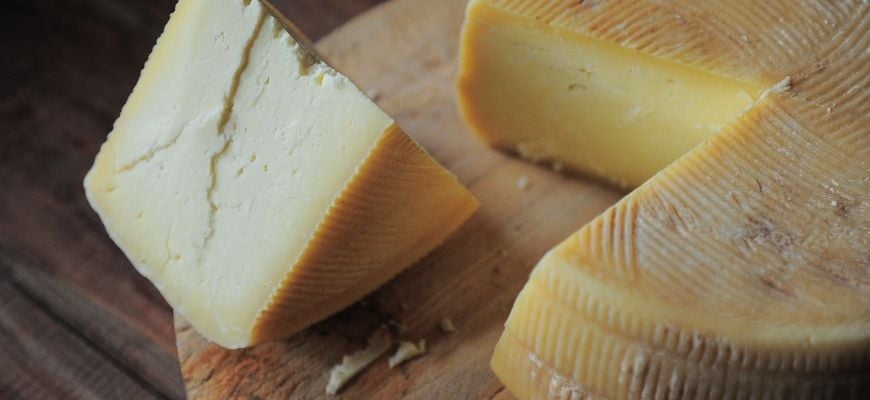
Creating your own Rocket Industrial personal account has many benefits:

As a leader in cheese and dairy packaging, we know cheese packaging should not only focus on shelf life but needs to preserve the texture and flavor as well. From clay pots to cheese papers, packaging methods have evolved to allow for more varieties of cheese to be made and properly stored.
Clay pots were not only the first method used for cheese storage but were essential in the cheesemaking process. These pots were used to collect and culture milk while also being used to store and preserve the cheese. As long-lasting storage containers, clay pots could even be buried underground to protect cheeses from spoilage in hot climates.
In the early 19th century, cheese was preserved by tightly wrapping strips of animal fat-soaked muslin around wheels of cheese. This process held moisture better and allowed for intriguing molds to grow on the cloth without damaging the rind.
Coating wheels of cheese in wax made for easy loading into barrels, allowing for export around the world. This process maximized space while minimizing damage during transport. Wax coating also slows moisture loss and gives cheeses, like Gouda, their distinctive look and taste.
Commonly used today to package various foods, the invention of plastic wrap in 1949 revolutionized the way foods stay fresh. As an essential product for protecting and preserving foods throughout the supply chain, plastic changed the way consumers purchase food. From vacuum seal pouches of cheddar to tubs of spreadable cheese, plastic is most often used for fresh, high-moisture cheeses. With a relatively short shelf life, these varieties of cheeses can be stored in plastics as they do not require high breathability.
Most often found in cheese shops, cheese paper is made from paper that is typically coated in wax. As an industry standard, cheese paper has tiny holes to allow for air exchange while maintaining enough humidity in the package and allowing for excess moisture and emitted gases to escape.
If you need a cheese packaging solution, we can help. We also have the capability to produce cheese interleave in-house at our state-of-the-art cleanroom. Contact us to learn more.